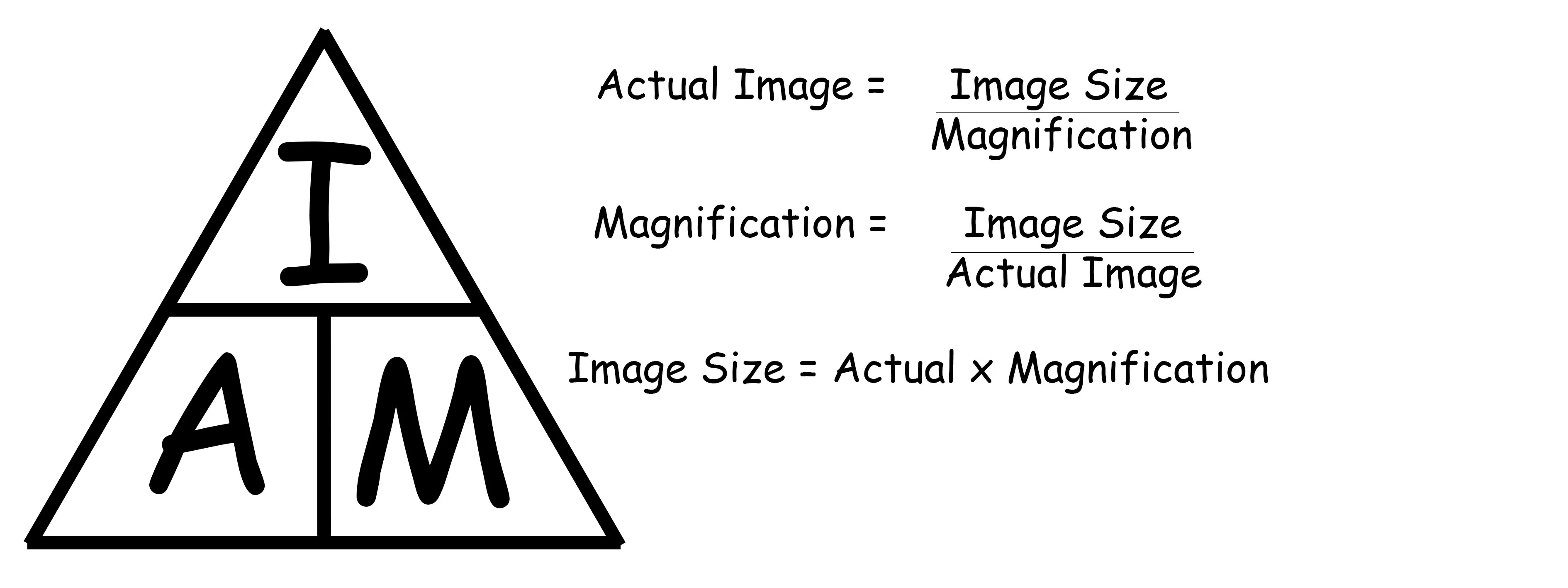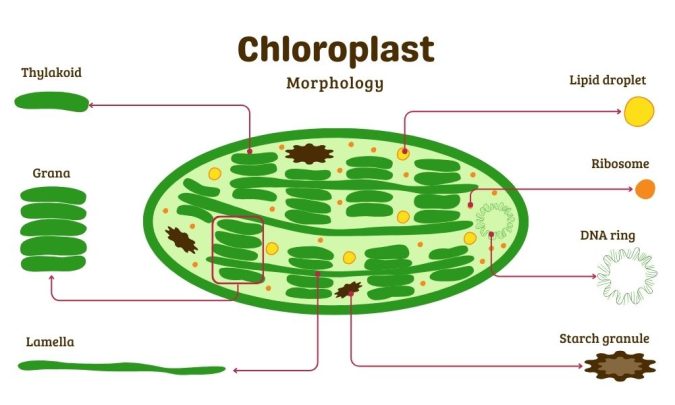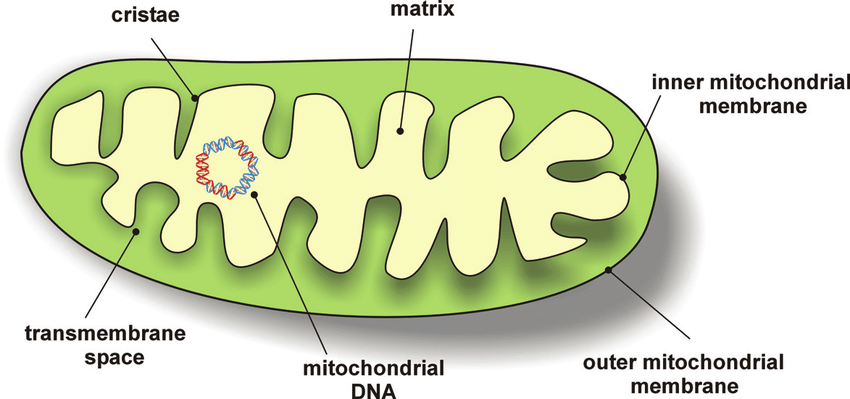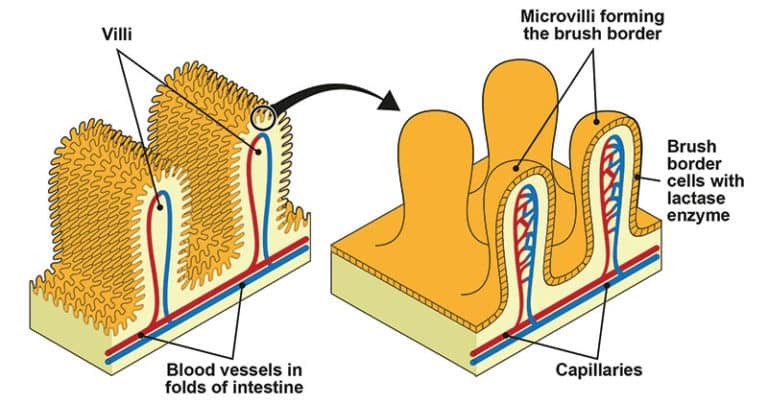AS Level Biology Chapters 1 and 2
1/130
There's no tags or description
Looks like no tags are added yet.
Name | Mastery | Learn | Test | Matching | Spaced |
|---|
No study sessions yet.
131 Terms
What is a prokaryote?
A cell that has no nucleus - ‘‘pro’’ (before) nucleus
What is an eukaryote?
A cell that has a nucleus - ‘‘eu’’ (true) nucleus
What is an unicellular organism?
An organism that is made of one cell
What is a multicellular organism?
An organism made of many/multiple cells
What is the thickness of the cell surface membrane?
7nm (5-10nm)
To get um from cm, what do you need to do
Multiply the cm value by 10^4
To get mm from nm, what do you need to do?
Multiply the nm value by 10^-6
What is the formula for image size, actual size, and magnification?
I/AM

Define magnification
Enlargement of a specimen
Define resolution
The minimum distance two objects can be, in order to be viewed as seperate items. I.e how close two objects can be together and still be viewed seperately.
What is the maximum resolution of a light microscope?
200nm wavelength- therefore objects closer than 200nm to one another will be seen as one object. Objects smaller than 200nm won’t be seen
What is wavelength?
The space between waves (of light e.g)

Resolution of an electron microscope?
0.1nm to 30nm wavelength
What is an artefact?
Features that appear in a micrograph due to the handling of the specimen (e.g tears or cuts)
What type of image does a scanning electron micrograph show?
3d, only the contours of the cell(s)/topography, gives larger area of depth that is sharp
What type of image does a transmission electron micrograph show?
2d, internal cell features visible, represents one plane of view so many planes are required to construct a picture
In what state must specimens being observed with an electron microscope be in?
They must be dead
What is the maximum magnification of a light microscope?
1500x
What surrounds animal and plant cells?
An extracellular matrix
What organelles are in plant cells only? (in comparison to animal cells)
(Cellulose) cell wall, vacuole, chloroplasts, plasmodesmata, starch grains and granules
What organelles are in animal cells only? (in comparison to plant cells)
80s ribosomes, cilia, centrioles, microvilli, glycogen granules
Are centrioles required for mitosis?
In animal cells yes, in plant cells no; the spindle forms and the sister chromatids are seperated.
What is the average diameter of a nucleus?
10-20um
What are the four parts of a nucleus?
The nuclear envelope
Pores within the nuclear envelope to allow large molcules like mRNA and RNA (ribosomes) to exit
Non-condensed DNA complexed with histone proteins (chromatin)
Nucleolus - where rRNA and ribosomes are manufactured and assembled
If protein synthesis was to be stopped, from where would it initiate?
The nucleus. No more mRNA produced would mean no more polypeptides.
What is the function of chloroplasts?
Photosynthesis
Chloroplast diameter and thickness?
Diamter = 3um-10um, thickness = 1um
What are the four components of the chloroplast?
Chloroplast envelope - double membrane - to control the entry and exit of substances
Grana - stack of thylakoids (looks like coins)
Stroma - jelly like matrix. Contains oil droplets, small circular DNA and 70s ribosomes
Starch grains - Temporary store of the carbohydrates produced during photosynthesis

Mitochondria shape, length and diameter?
Rod shaped, 1-7um, 0.5-0.1um
What are the three components of mitochondrion?
Double membrane that controls entry and exit of substances
Cristae - infoldings of the inner membrane
Matrix containing small circular DNA molecules, mitochondrial DNA and 70s ribosomes

What is the name of the appearance of flattened sacs of endoplasmic reticulum?
Cisternae
What does rough endoplasmic reticulum (RER) have that smooth endoplasmic reticulum (SER) doesn’t?
80s ribosomes on the outer surfaces of the membranes
What does the RER do?
It modifies proteins in its lumen, provides a pathway for proteins throughout the cell and forms transport vesicles which go the the golgi body for further processing. Because it has so many ribosomes on its outer surface membrane, a lot of polypeptide synthesis occurs near the RER lumen.
What does the SER do?
Synthesises lipids like cholesterol in the SER lumen and stores and transports them. Like the RER, it also forms vesicles to transport these lipids to the golgi body.
What do both SER and RER have?
Both have a lumen where they process their respective molecules
What does the Golgi body do?
Modifies and processes proteins and lipids and then packages them into golgi vesicles, they form primary lysosomes.
Give three examples of protein modification that can occur either in the RER or Golgi body:
Adding non-protein components, folding of proteins into their final shape, joining of polypeptides to make a functioning protein
What is the name for the convex side of the Golgi body?
Cis face, where transport vesicles arrive. Faces the nucleus.
What is the name of the concave side of the Golgi body?
Trans face, where golgi vesicles are produced. Faces the cell surface membrane.
How many membranes do lysosomes have?
One, they are single membrane bound organelles
What is the function of a lysosome?
Digest old cells, bacteria, dead cells and the release of hydrolytic enzymes out of the cell
How big are lysosomes?
50nm to 700nm
How long are microvilli and what is their function?
About 1um long and their function is to increase the surface area of the cell surface membrane where processes like diffusion, absorption or secretion can take place (animal cells only)

What is the function and structure of cilia?
In animal cells only, they function to move substances across the surface of cells. They are formed of microtubles arranged in a 9+2 form.
What are centrioles?
Centrioles are hollow cylinders formed of microtubles in nine sets of three. Microtubles are composed of the globular protein tubulin.
What can connect the cytoplasms of two adjacent plant cells?
Plasmodesmata
What is the name of the membrane that surrounds a vacuole?
Tonoplast
What is the length of a bacteria?
0.1um-0.5um
What type of nucleic acid do viruses have?
DNA or RNA
What is the typical size of a virus?
5nm to 300nm
What does OILRIG stand for?
Oxidation is loss (of an electron) Reduction is gain (of an electron). Because electrons are negatively charged.
What is a covalent bond?
Where atoms share a pair of electrons
What is an ionic bond?
Where oppositely charged ions are attracted to one another
What is a hydrogen bond?
A weak bond between the a slightly positively charged hydrogen atom and a slightly negatively charged oxygen atom.
What does Polar mean?
Water loving - polar bears love water
What does non-polar mean?
Water hating
How do molecules have polarity?
They are either slightly negatively or slightly positively charged
What is a monomer?
Similar repeating subunits
What is a polymer?
A molecule composed of three or more monomers
What is produces as a result of a condensation reaction?
A water molecule
What is required for a hydrolysis reaction?
A water molecule to break the bond
What is anabolism?
Anabolism is the formation of larger molecules from smaller ones. Requires ATP
What is catabolism?
The breakdown of larger molecules into smaller ones. Releases energy
What is a macromolecule?
A large molecule composed of many atoms
What test do we use to identify reducing sugars?
Benedict’s test- blue to brick red
What are the steps to identify non-reducing sugars?
Heat sample with dilute hydrochloric acid to hydrolyse the non-reducing sugar, then neutralise with sodium hydrogencarbonate and then test with benedict’s reagent
What is a reducing sugar?
A saccharide that can donate an electron (all monosaccharides). They have a free aldehyde or ketone group
What is a non-reducing sugar?
A (di/poly)saccharide that cannot donate an electron. It doesn’t have a free aldehyde or ketone group
What do we use to test for starch?
Iodine solution - orange/brown to blue/black
What do we use to test for lipids?
Emulsion Test (Ethanol) - Cloudy suspension forms
What do we use to test for proteins?
Biuret reagent - pale blue to purple
Benedict’s test visual results - what does blue mean?
No reducing sugar
Benedict’s test visual results - what does green mean?
Very low concentration of reducing sugar
Benedict’s test visual results - what does yellow mean?
Low concentration of reducing sugar
Benedict’s test visual results - what does brown mean?
Medium concentration of reducing sugar
Benedict’s test visual results - what does red mean?
High concentration of reducing sugar
How is Benedict’s test semi-quantitive?
Because the differences in colour of the known concentrations can be used to estimate the concentration of an unknown solution
What two monosaccharides form maltose?
Glucose + glucose
What two monosaccharides form sucrose?
Glucose + fructose
What two monosaccharides form lactose?
Glucose + galactose
In a-glucose molecules, are the lateral OH groups up or downwards?
Downwards
In b-glucose molecules, are the lateral OH groups up or downwards
Left side is down, right side is up
What is the name of the bond between two monosaccharide monomers?
Glycosidic bond - covalent
What are the roles of mono and disaccharides?
Act as substrates that are broken down to produce ATP - they have many C-H groups
In what type of cells is starch found in?
Plant cells
In what type of cells is glycogen found in?
Animal cells
What are the monomers of amylose?
a-glucose monomers that form 1,4 glycosidic bonds - helical
What are the monomers of amylopectin?
a-glucose monomers that form 1,4 and 1,6 glycosidic bonds - more branched
What two polymers is starch composed of?
Amylose and amylopectin
How is glycogen compared to amylopectin?
Glycogen is more highly branched and has shorter chains to provide more ends that can be acted on by enzymes to provide energy faster - it also has 1,4 and 1,6 glycosidic bonds.
Why does starch test produce a blue/black colour?
Because iodine molecules become trapped in the amylose helix
What are the monomers of cellulose?
b-glucose with 1,4 glycosidic bonds
What is the structure of a cellulose chain?
Parallel strands of b-glucose molecules that form hydrogen bonds between one another
Why is cellulose parallel, not branched?
Because of the b-glucose molecule structure, the molecules are rotated 180 degrees to their neighbour to form a 1,4 glycosidic bond
Does cellulose prevent bursting due to osmosis?
Yes, making the plant cells turgid and push against one another
What are the two components of a triglyceride?
(Three) fatty acids and a glycerol molecule
What is the name of the bond between a fatty acid and a glycerol molecule?
Ester bond
What causes a fatty acid to be saturated?
No double bonds
What causes a fatty acid to be mono-unsaturated?
One double bond
What causes a fatty acid to be polyunsaturated?
More than one double bond